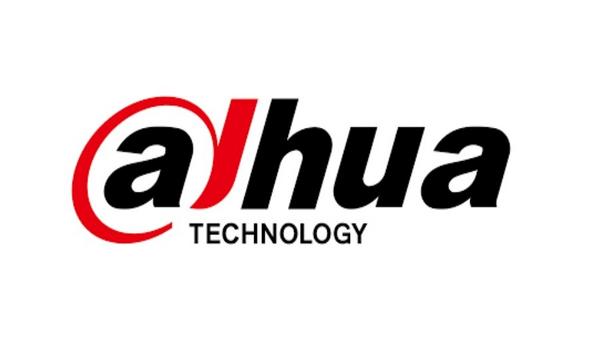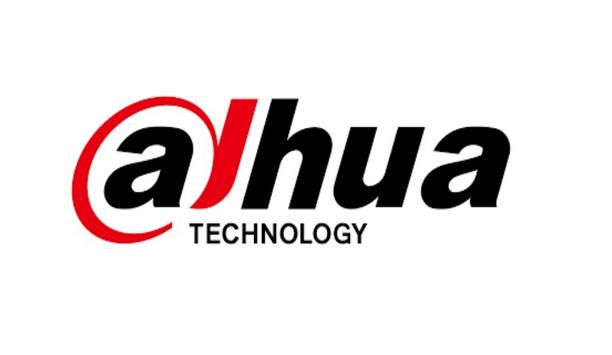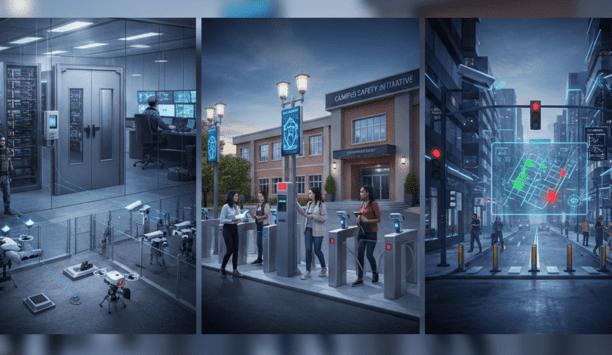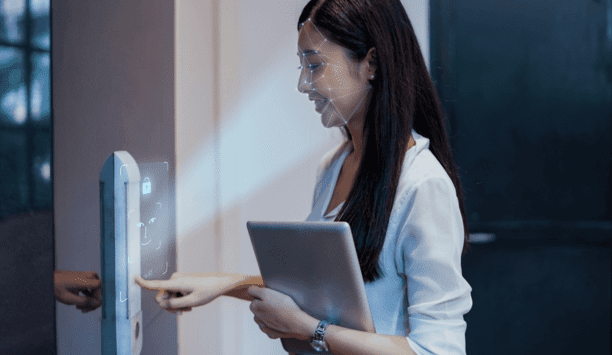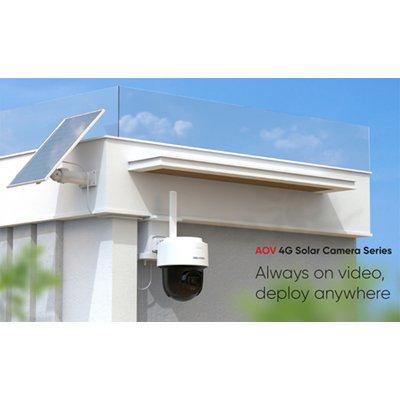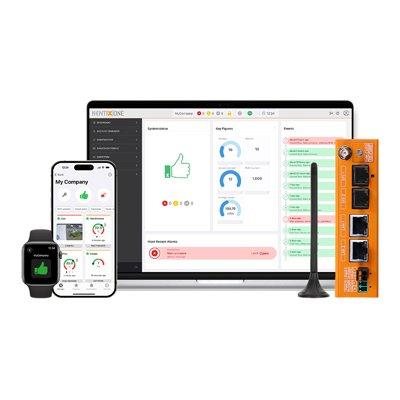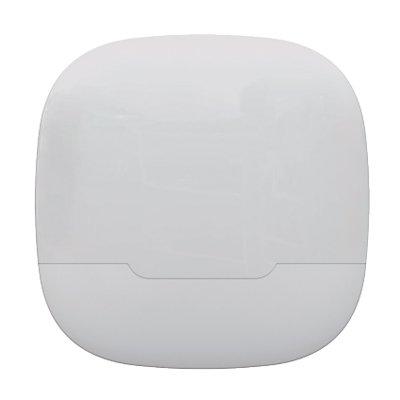According to a Cloud Security Alliance report, 55% of organisations experienced a SaaS cybersecurity incident within the past two years.
While apps typically offer basic security features, MSPs still need to implement additional measures to protect client data from breaches, leaks and cyberattacks. This means going beyond the default security provided by SaaS platforms and actively managing potential risks specific to each client’s environment. Let’s review seven SaaS security best practices to ensure the clients’ environments are thoroughly protected.
Inadequate backup measures
Perform Regular Backups - In a 2024 survey by Backblaze, only 42% of those who experienced data loss over the past year said they could restore all their data. Unsuccessful data recovery is largely due to inadequate backup measures.
Online backup solutions create encrypted copies of business-critical files and store them on remote servers. This layer of data protection allows users to recover their clients’ information during incidents like physical disasters, hardware failure or cybersecurity incidents like ransomware attacks.
By including regular data backups in the SaaS cloud security strategy, users:
- Reduce downtime: Performing regular backups allows for quick restoration of systems and data following a security incident, minimising delays and interruptions to critical business operations.
- Protect data in case of cyberattacks: Maintaining secure, clean backups of client data is a safeguard against attacks such as ransomware, which can encrypt critical files and make them inaccessible.
Enhancing password strength
Control Data Access - Implementing MSP best practices for granular access controls ensures only specific individuals can view, edit or share information within SaaS environments. This approach reduces the risk of data breaches by limiting exposure to potential threats.
Practical methods for implementing this type of security control include:
- Role-based access: Assign file and system permissions based on roles to ensure users only access the data necessary for their job functions.
- Complex password policies: Enforce passwords of at least 12 characters with a minimum complexity to enhance password strength and protect against brute-force attacks.
- Multi-factor authentication (MFA): Mandate multiple forms of identity verification to access data, reducing the risk of unauthorised access even if login credentials are compromised.
- Advanced authentication methods: Use authenticator apps or hardware tokens for additional verification.
Analysis of application performance
Effective SaaS security monitoring requires vigilant tracking and analysis of application performance
Continuously Monitor Applications and User Behavior - Effective SaaS security monitoring requires vigilant tracking and analysis of application performance, system health and user behavior. These insights help create benchmarks, enabling users to detect suspicious activity more easily and quickly respond to threats.
For example, tracking user behavior patterns could reveal an unusual login from a location where the company has no employees, which is a clear indicator of compromise.
Unusual user activity
Leverage Security Alerts - Cybersecurity alerts are automatic notifications sent when a potential threat or security breach is detected. Leveraging these alerts enhances the ability to employ SaaS security measures to respond to possible vulnerabilities, such as unauthorised access attempts or unusual user activity.
Users can enable security alerts in the following ways:
- Email notifications: Receive notifications in the email inbox for quick access and review.
- Mobile alerts: Set up alerts to go directly to the phone, so users can take immediate action even when they are away from their desk.
PSA tool integration: Manage alerts within the professional services automation (PSA) tool for a streamlined workflow. These application integrations let users track and respond to security incidents directly within the PSA system, ensuring no missed alerts and documented response actions.
This proactive approach to managed IT support service allows them to prioritise risks
MSPs like Zephyr Networks use SaaS security alerts to protect their customers’ cloud applications 24/7, uncovering and responding to potential threats before they become larger security issues. This proactive approach to managed IT support service allows them to prioritise risks rather than reactively using resources to fix problems. Learn how to build a robust software stack with their guide for MSPs.
SaaS application security efforts
Automate Remediation - Automating remediation process helps address and mitigate threats without human intervention, streamlining SaaS application security efforts. Applying predefined responses, like locking an account if suspicious logins are detected, might minimise the escalation of an attack.
Benefits of automated remediation include:
- Accelerated responses: Enabling immediate action when a threat is detected reduces the time it takes to contain and neutralise it.
- Reduced alert fatigue: Addressing specific alerts with automated remediation minimises the number of notifications the security team needs to manage daily.
- Minimised human errors: Automating remediation ensures consistent and accurate responses to threats.
- Optimised resources: Eliminating repetitive remediation tasks improves overall efficiency by allowing the team to focus on other tasks.
Undermine security efforts
The 2023 Cloud Security Study shows that human error is responsible for 55% of cloud-based data breaches
Provide Security Awareness Training - The 2023 Cloud Security Study shows that human error is responsible for 55% of cloud-based data breaches. This statistic illustrates the importance of educating clients on best practices, reducing the likelihood that they perform actions that could undermine security efforts.
Our partner Zephyr Networks, for example, offers regular training and awareness programs as part of its all-encompassing approach to managed cybersecurity. These sessions empower their customers with the knowledge they need to be well-versed in essential practices to prepare them to handle day-to-day threats. This education reduces employee-led breaches and promotes a strong security culture. Discover how to make a case for security awareness training.
Strong security culture
Take Proactive Measures - By anticipating and addressing potential threats proactively, users enhance SaaS security posture management, ensuring the clients’ operations remain smooth and uninterrupted, even in case of cyberattacks.
Get started with these proactive measures:
- Regular browser and device updates: Ensuring all access points to the SaaS apps are up-to-date with the latest security patches closes potential gaps in the vulnerability protection.
- Business continuity planning: Developing and testing a plan for data recovery minimises disruptions in the event of an incident by ensuring users have clear procedures for restoring critical systems and information to maintain operations.
- Risk management: Regularly assessing and prioritising potential security threats helps users manage their resources more effectively.
Implement best practices for SaaS security
With SaaS Alerts, users improve their ability to protect the customers and critical MSP tools from evolving threats. Their SaaS security platform:
- Monitors customers’ SaaS applications 24/7 for unusual user behavior
- Automates remediation of compromised accounts, mitigating potential damage
- Syncs alerts with the PSA console for faster response times
- Creates detailed reports allowing users to show value to customers
Learn why leading casinos are upgrading to smarter, faster, and more compliant systems



